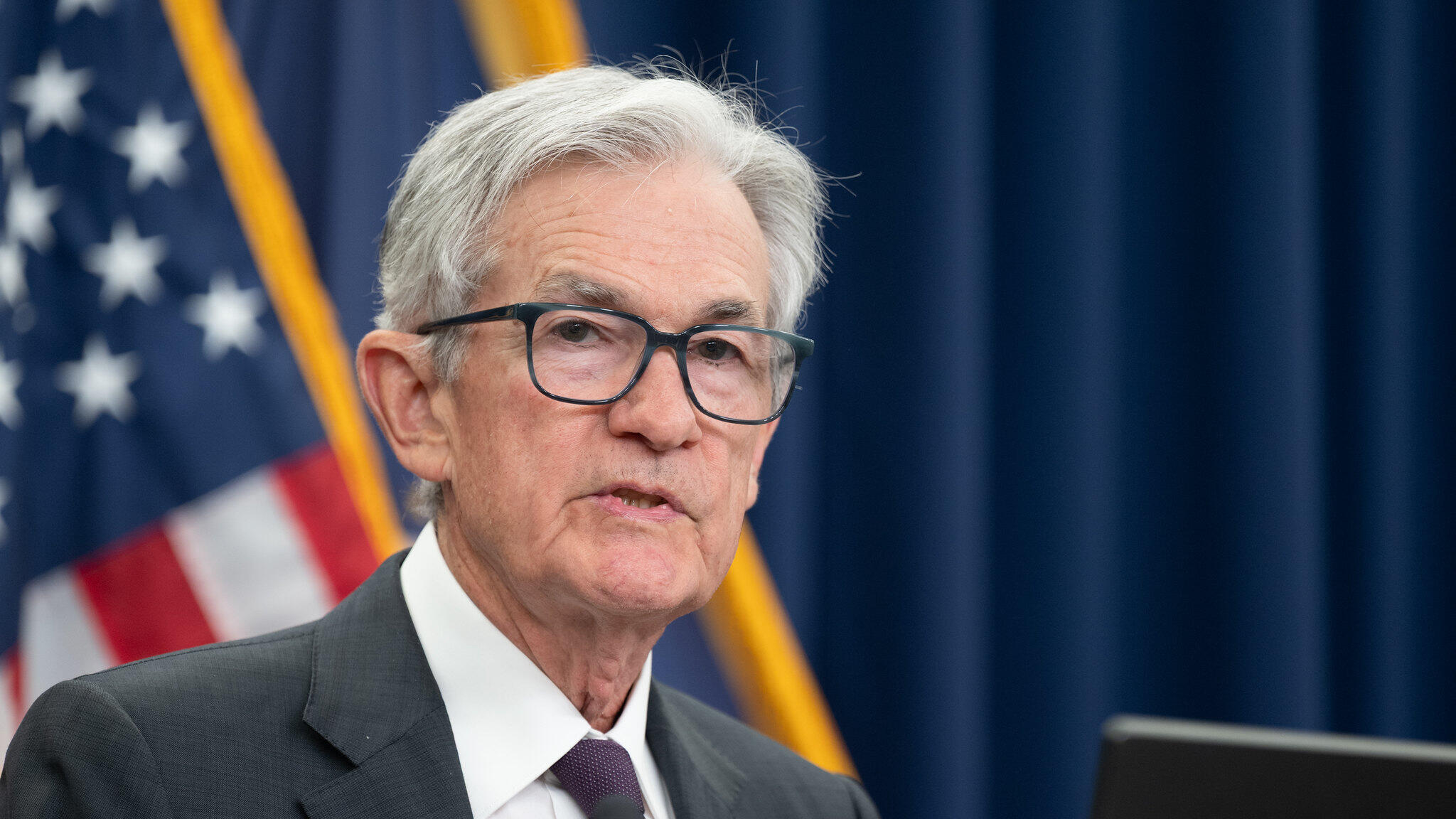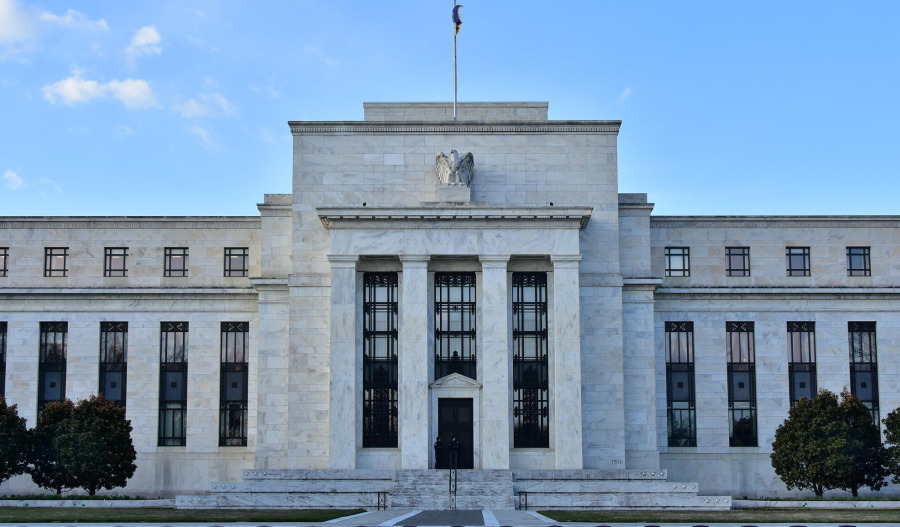Federal Reserve (Fed) Chair Jerome Powell revealed to the market yesterday that the central bank is on the cusp of ceasing to reduce the size of its bond holdings and gave clearer hints about the likelihood of more interest rate cuts.
Offering clarity on where the Fed sits on quantitative tightening - to reduce the more than US$6 trillion of securities it holds on its balance sheet – Powell indicated that the Fed is nearing its goal of “ample” reserves available for banks.
While the central bank chief did not provide specific guidance on a path lower, his comments about weakness in the labour market suggest easing is firmly on the table.
“Our long-stated plan is to stop balance sheet runoff when reserves are somewhat above the level we judge consistent with ample reserve conditions,” said Powell.
“We may approach that point in coming months, and we are closely monitoring a wide range of indicators to inform this decision.”
Taking a Goldilocks ‘just right‘ approach, Powell told delegates to a National Association for Business Economics conference in Philadelphia yesterday that while moving too quickly may leave the inflation job unfinished, by moving too slowly, there may be unnecessary and painful losses in the employment market.
“The data we got right after the July meeting showed that ... that the labour market has actually softened pretty considerably and puts us in a situation where the two risks are closer to being in balance,” Powell added."
Meantime, while the United States labour market remained stuck in a low-hiring, low-firing funk through September, Powell noted that the economy “may be on a somewhat firmer trajectory than expected”.
As a result, he said policymakers have chosen to take a "meeting-by-meeting" approach to interest rate cuts as they balance job market weakness with above-target inflation.
While the falling labour market is dominating the central bank’s thinking, Powell also acknowledged the economic dilemma that has split U.S. central bank officials.
While some are concerned most about still-high and potentially rising inflation, others are worried the labour market may be facing a fast slide downward.
One of the conundrums facing the Fed’s officials is the stronger-than-expected strength of recent data on economic activity, which has yet to find its way to renewed hiring strength.
"You do have a bit of tension between labour market data - we see very low levels of job creation - and yet people are spending," Powell said.
"We are going to have to see how that plays out."
While analysis is currently being undertaken in the absence of official data - largely suspended by the U.S. government shutdown - Powell said he felt there was adequate insight for the Fed's coming October 28-29 meeting, noting that the Fed will start to miss that data, particularly October data, if the shutdown persists.
However, there is a broad enough array of public and private information to make a policy judgment.
It’s understood that the Bureau of Labor Statistics could release its Consumer Price Index report for September on 24 October, ahead of the Fed's next policy meeting.
"Based on the data that we do have, it is fair to say that the outlook for employment and inflation does not appear to have changed much since our September meeting four weeks ago," at which the Fed cut its benchmark interest rate by a quarter of a percentage point, Powell said.
"Data available prior to the shutdown, however, show that growth in economic activity may be on a somewhat firmer trajectory than expected."
However, his remarks haven’t altered the near-unanimous consensus among investors that the Fed would cut its policy rate by another quarter of a percentage point in two weeks.
When financial conditions are tight, the Fed aims for “abundant” reserves to ensure banks have access to liquidity and can keep the economy running.
As conditions change, the Fed aims for “ample” reserves, a step down that prevents too much capital from sloshing around the system.
During the Covid pandemic, the central bank had aggressively purchased Treasurys and mortgage-backed securities, swelling the balance sheet to close to $9 trillion.
Since mid-2022, the Fed has gradually allowed maturing proceeds of those securities to roll off the balance sheet, which has tightened one leg of monetary policy.
While it remains unclear how far the Fed now needs to go, Powell’s comments indicate that the end is close.
While Powell has signalled that reducing reserves further would hinder growth, he also made it clear that the Fed has no plans to go back to its pre-Covid balance sheet size, which was closer to $4 trillion.

Join our community of decision-makers. No card required
Join now

